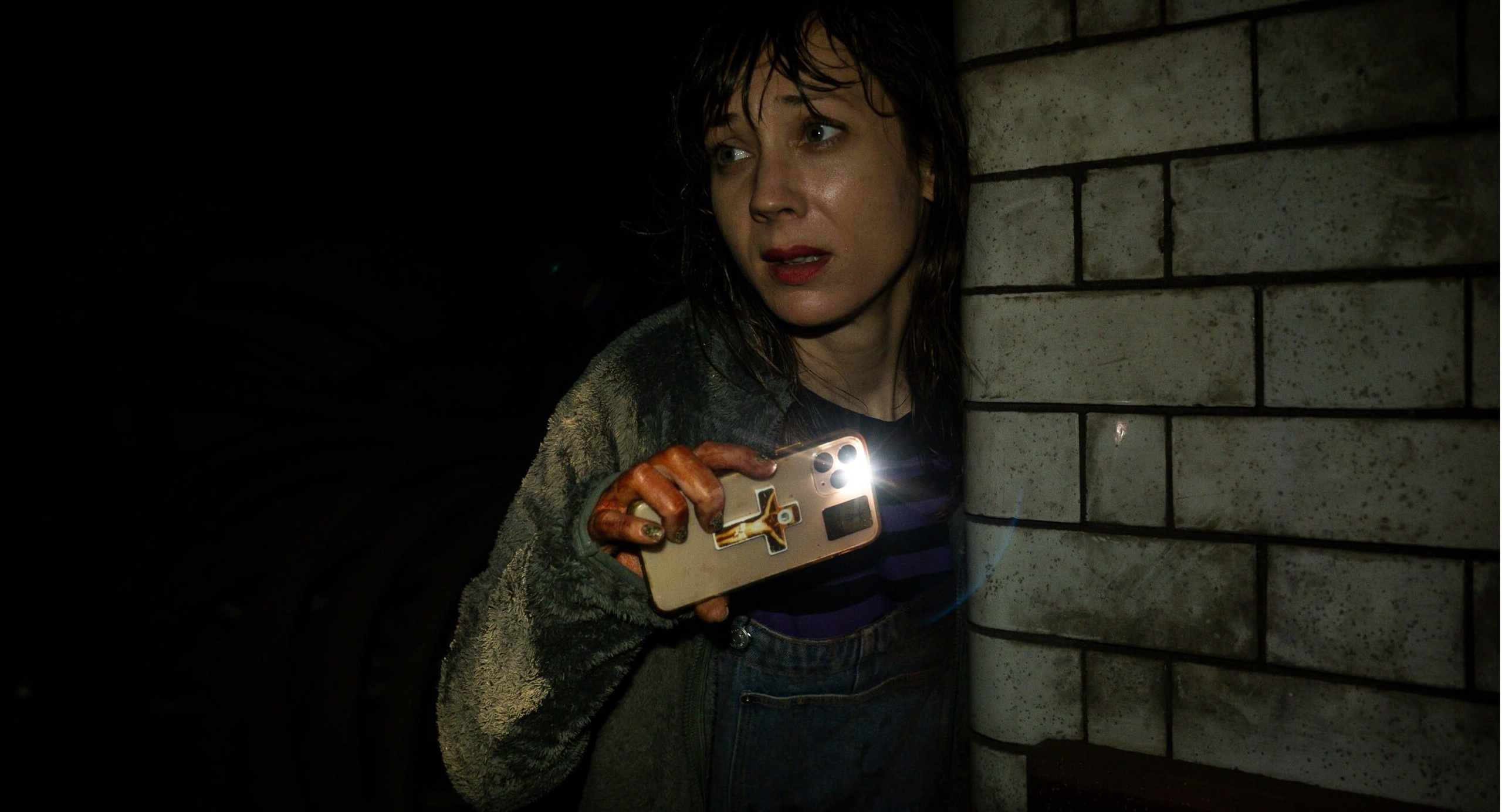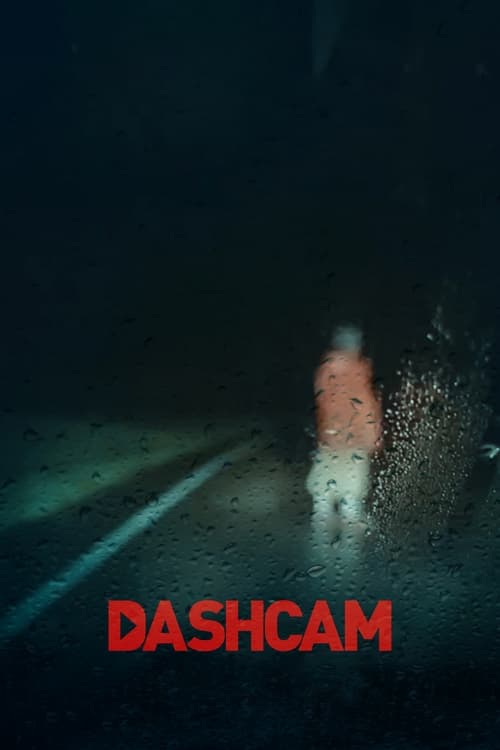Dashcam – Film Review
Published December 28, 2023

Directed by Rob Savage and penned by Gemma Hurley, Savage, and Jed Shepherd, Dashcam is an erratic and polarizing attempt at the horror genre. Starring Annie Hardy in a semi-fictionalized version of herself, the film hijacks the innovative concept of a computer screen horror narrative, attempting to forge a unique path through an iPhone’s lens. However, the film’s ambitious approach is marred by a muddled storyline, incoherent execution, and a perplexing array of disjointed events that detract from any semblance of coherence.
The narrative commences with Annie Hardy, an internet personality and musician, embarking on a journey to London, grappling with her disdain for COVID-19 restrictions and homelessness in Los Angeles. This initial premise sets a tone of chaotic rebellion against societal norms, but sadly, the film fails to capitalize on this potential. Instead, it descends into a labyrinth of discordant subplots, including confrontations over politics and anti-mask sentiments, detracting from any genuine tension or horror.
As the plot careens forward, Annie’s decision to transport a mysterious old woman named Angela sets off a chain of bewildering events, plunging her into a nightmarish sequence that borders on the absurd. The film struggles to maintain a cohesive thread, weaving together an incongruous mix of supernatural elements, a shotgun-wielding assailant, an abandoned amusement park, and a cult, resulting in a convoluted mishmash of ideas that lack cohesion or rationale.
The handheld iPhone perspective, meant to immerse viewers in the protagonist’s experience, instead induces a sense of disorientation and detachment. The constant live-streaming and on-screen comments from viewers serve as distracting clutter, disrupting any chance of establishing a palpable atmosphere or building genuine suspense. Furthermore, the narrative’s reliance on this visual gimmick confines the storytelling, hindering character development and leaving little room for emotional investment in Annie’s plight.
Despite Annie Hardy’s committed portrayal of herself, the characters lack depth, remaining superficial and unrelatable. The erratic behavior and irrational decisions of the characters often defy logic, rendering their predicaments more perplexing than engaging. The performances by Amer Chadha-Patel and Angela Enahoro, though earnest, are overshadowed by the film’s frenetic pace and disjointed plot progression.
Moreover, the film’s attempts to infuse elements of horror and supernatural terror come across as contrived and nonsensical. Angela’s bizarre abilities and the emergence of a humanoid, slug-like creature feel haphazardly inserted into an already chaotic narrative, contributing little to the film’s coherence or sense of dread.
In its climactic moments, Dashcam careens further into absurdity, with Annie’s rap about her harrowing experiences, breaking the fourth wall, and acknowledging the film crew. This bizarre tonal shift adds another layer of disconnectedness, alienating the audience from any semblance of a coherent resolution.
Despite sporadic instances of tense sequences and Annie Hardy’s earnest performance, Dashcam fails to coalesce its ambitious concept into a cohesive and engaging horror experience. The film’s convoluted narrative, jumbled execution, and lack of a cohesive storyline hinder its ability to deliver a compelling and immersive cinematic journey.
Dashcam is an ambitious misfire that struggles to harness its innovative premise, drowning in a sea of disjointed plotlines, bizarre occurrences, and an overall lack of coherence. With its unconvincing execution and frenzied narrative, this film is likely to confound and disappoint audiences seeking a coherent and genuinely terrifying cinematic experience.
